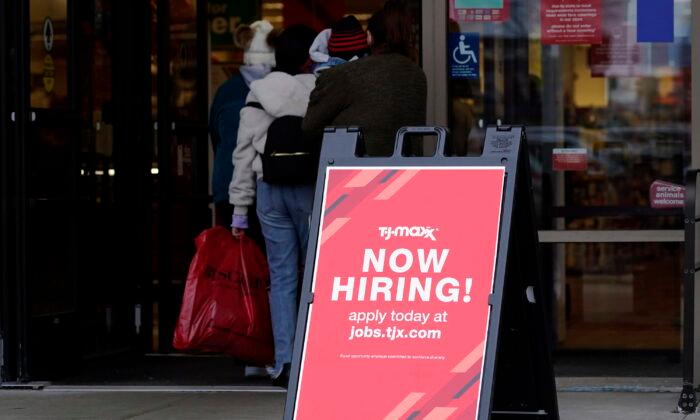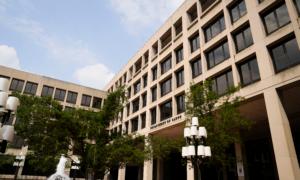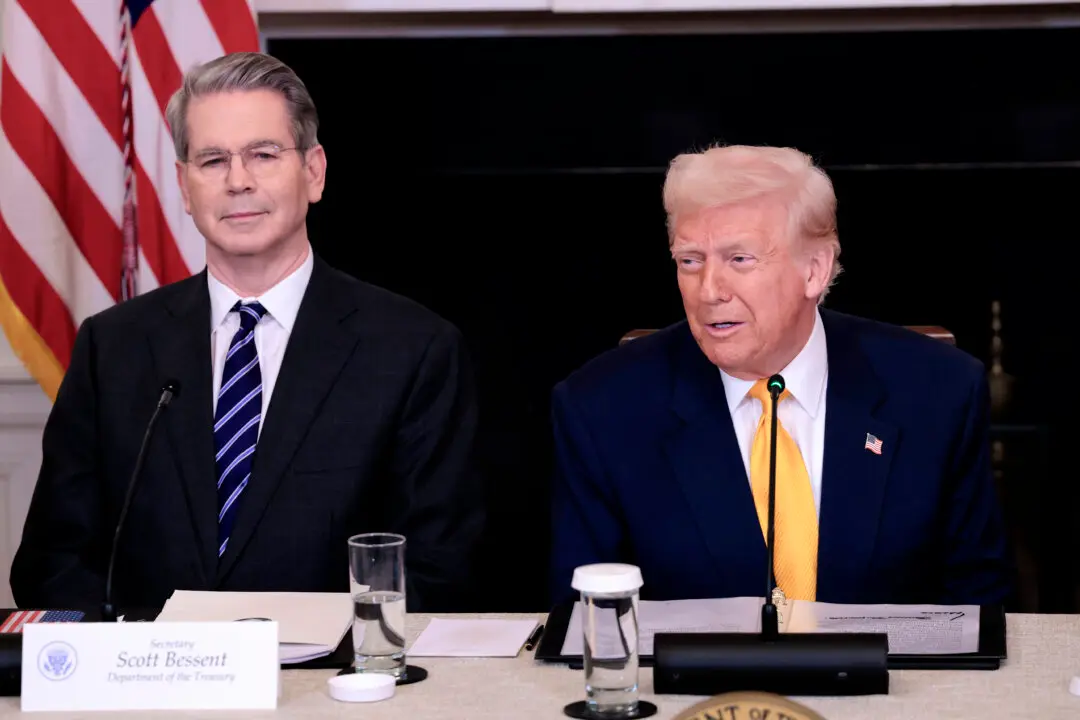The ADP and Labor Department data came into alignment last week, but all three jobs reports were more subdued than expected, which should confirm that the Federal Reserve is through raising interest rates.
The first jobs-oriented news came out on Tuesday with the Job Openings & Labor Turnover Survey (JOLTS) report, which showed that job openings declined by 3.7% to 8.827 million in July, compared with a revised 9.165 million in June and well below economists’ consensus estimate of 9.465 million in July. As a result of this surprisingly bearish report, Treasury bond yields declined from 4.21% to 4.12%.
The next day, ADP reported that only 177,000 private payroll jobs were created in August, which was substantially below a revised 371,000 in July. The best news is that the manufacturing sector gained 12,000 jobs, after two months of big losses. Treasury rates stayed around 4.1% with this bearish news.
Then, on Friday, the Labor Department reported that 187,000 new payroll jobs were created in August, a bit better than the economists’ consensus estimate of 170,000. However, the June and July payroll reports were revised lower by a cumulative 110,000 jobs, to 105,000 (in June) and 157,000 (July), respectively.
I am happy to see the Labor Department is now much closer to ADP in the past three months, but the real surprise was the unemployment rate surged to 3.8% in August, up from 3.5% in July, due to the fact that over 736,000 people entered the workforce. As a result, the labor participation rate rose to 62.8% in August, up from 62.6% in the past few months. Average hourly earnings rose by only 8 cents, to $33.82 and +4.3% in the past 12 months, so wage inflation appears to be cooling. The Yellow Freight bankruptcy was likely the primary culprit behind a 37,200 drop in transportation and warehousing jobs in August.
In addition to the monthly payroll report, the Labor Department is also expected to dramatically reduce past statistics for overall U.S. payroll growth in the past 12 months, due to the revision of what I have recently called, their bogus seasonal adjustments (like in January), as well as overstated manufacturing jobs (as in June & July) relative to ADP. This is why I have relied on the ADP data more than the monthly payroll reports from the Labor Department, since the Bureau of Labor Statistics (BLS) employs too many seasonal “fudge” factors.
Speaking of manufacturing jobs, the Institute of Supply Management (ISM) on Friday announced that its manufacturing index improved to 47.6 in August, up from 46.4 in July. That was the good news. The bad news is that the ISM manufacturing index has been under 50 for 10 straight months. Since any reading below 50 signals a contraction, it appears that the manufacturing recession will persist, especially if the United Auto Workers (UAW) strikes on September 15th. The new orders component declined to 46.8 in August, down from 47.3 in July. The backlog of orders component rose to 44.1 in August, up from 42.8 in July, and only five of the 18 industries surveyed by ISM reported growth in August, so the manufacturing recession persists.
The manufacturing job situation is likely to get worse soon, due to the UAW strike, since 97% of its workers voted to authorize a strike after September 14th. UAW President Shawn Fain said, in a statement, “Our members’ expectations are high because Big Three profits are so high. The Big Three made a combined $21 billion in profits in just the first six months of this year.” The UAW is also worried about job security, since Ford and GM have moved mass market EV production to Mexico.
In an effort to win back his waning union loyalty, the Biden Administration announced last Thursday that it has provided $12 billion to automakers to convert existing factories to manufacture hybrid and electric vehicles. Specifically, the Energy Department provided $2 billion in grants and $10 billion in loans to automakers. The Biden Administration apparently announced this financial aid to appease UAW workers who are worried that EV manufacturing is increasingly moving to Mexico for mass production EVs, like the Ford Mach-e and Chevrolet Equinox. UAW President Fain responded, “This new policy makes clear to employers that the EV transition must include strong union partnerships with the high pay and safety standards that generations of UAW members have fought for and won.” However, Fain added, “The auto makers have not yet promised job security in our ongoing negotiations. I have traveled across the country, meeting displaced workers who’ve had to pick up and move their families when plants shut down.”







